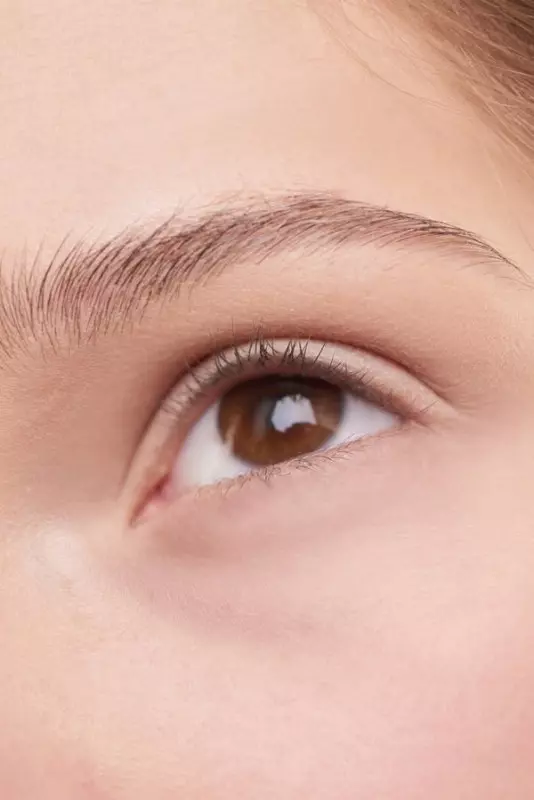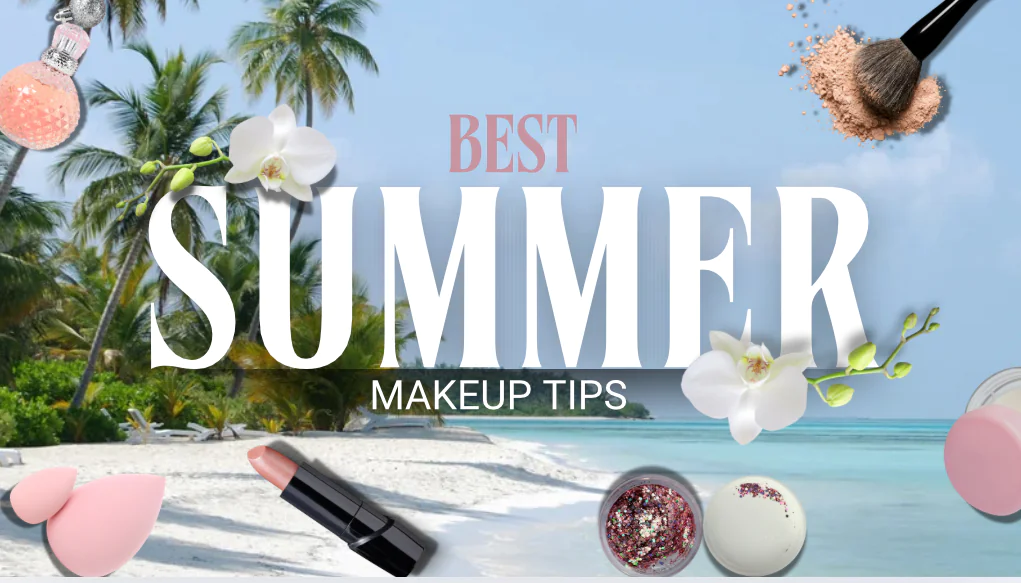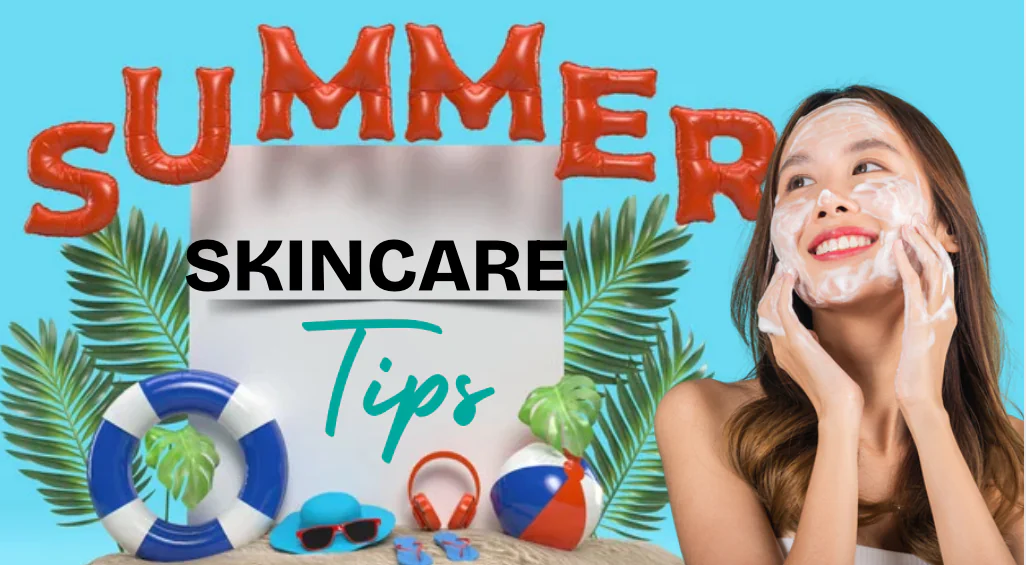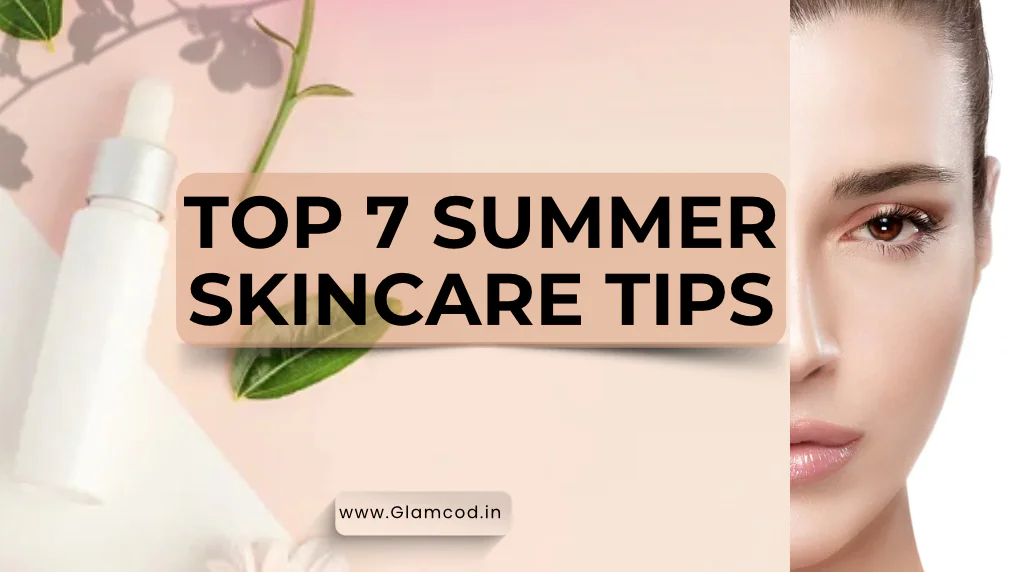

PILLARS FOR SKINCARE :
Skincare is based on four pillars for optimal skin rejuvenation and healthy age management. They are:
- Gentle dead skin removal (Exfoliation)
- Use of Antioxidant and Anti-Inflammatory Ingredients (Preservatives)
- Stimulation and repair of cell function (Recovery)
- Good moisturizing and complete sun protection (Protection)
If we look at how our skin works and how we age, these four pillars are what we need to focus on. So let's start with exfoliation. As we age, healthier cells grow in the basal layer and move up to the surface of the epidermis called the stratum corneum. They start out as beautiful plump cells filled with moisture, and as they move to the surface, they become flattened scales of epidermal cells. When we are young, this migration happens very quickly, and as we get older, this process begins to slow down.
A good example is when a baby falls and scratches, the wound heals relatively quickly, almost overnight. However, if an elderly person has a bump on their arm, healing can take 10 days or even two weeks. This is because the cell renewal process has slowed down significantly. For young, healthy skin, it takes about 28 days for cells to form in the basal layer and rise to the surface. As we age, this process slows down significantly from 28 to 45 days. If your skin is so glowing you can get easy way to get no makeup look
Due to slow cell turnover, exfoliation becomes essential to remove the top layer of dead skin, resulting in dry, dull skin with lines and wrinkles. These dead skin cells are held there by glue-like intercellular lipids. Dead cells stay longer on the body, so the skin looks dull, lacks moisture, and feels rough to the touch. Gentle exfoliation loosens and dissolves the colloidal lipids that bind surface dead skin cells, sloughing off and revealing younger, fresher, more hydrated skin cells. If you want to know the tips way to get glowing skin must read Exercise for glowing skin
The next important step is to preserve the skin by using antioxidants to protect it from free radical damage and inflammation. Free radicals are mainly caused by external and environmental damage. They have an adverse effect due to free radicals entering the skin and damaging our DNA. Our cells regenerate their shape, and thus damaged cells reproduce on their own and accelerate the aging process.
The third thing we need to do is restore the skin by stimulating and repairing it. With controlled wounds and a combination of cellular nutrition, proteins, and amino acids, we can promote the regeneration and renewal of collagen and elastin.You must include clean eating for good-health We can rebuild what has been destroyed by external and internal aging. We can balance cell communication to normalize cellular function, leading to a healthier skin barrier.
And finally, moisturizer and sunscreen. Hydrated skin cells are fully hydrated and feel smooth and soft.
As we age, our estrogen depletes, and our skin becomes drier, so we need to keep our epidermal cells sufficiently hydrated to prevent dehydration.
Think of dehydration like grapes shrunk to raisins. We must prevent this dehydration by keeping the skin cells hydrated. It's essential not to use harsh cleansers that dehydrate and drain your skin and replenish your skin with moisturizers rich in moisture-binding ingredients, which will help keep your skin smooth and supple. Soft. Ideally, your daily moisturizer should include sun protection factors to protect skin from collagen and elastin breakdown and hyperpigmentation.
Our skin provides many vital functions for us. The most obvious is that our skin acts as the first barrier to fighting against environmental factors that help regulate our body's internal temperature and is a crucial indicator of our internal health condition. Ideal nutrition should provide adequate nutrients and water for the skin to function at its best. Skincare products are helpful additions in assisting the skin in performing at its peak and addressing visible blemishes and signs of aging.
Skincare regimes should cover the four pillars of effective skincare. These pillars are cleansing, moisturizing, nourishing, and protective. The first rule of thumb is to read all the ingredients, and if you need a chemistry dictionary or Ph.D. in chemistry to figure out what you're going to put on your skin, leave this product alone.
The key here is to look for products that use natural, organic, or certified organic ingredients, as they are in a form your skin cells can recognize and use.
Cleansing is the first step in a skincare routine. Select products with a neutral or slight acidic ph as those are gentler on your skin.
Moisturizing the skin can be achieved by a proper drinking regime during the day and having multiple showers. Use products with popular ingredients like hyaluronic acid or the new star of hydration… snow fungus, the "water-holding and locking" that your body already has. It's not fair to expect that the moisturizer will add enough water to your skin. Moisturizers add very little water to our skin. They simply help retain existing moisture in the tissues.
Nourishing your skin goes through two distinct pathways. First, you are what you eat, and your skin will reflect your food choices. Second, skincare formulas contain small, natural, bioavailable, unprocessed ingredients that can affect your skin's appearance. According to the GRASS guidelines, look for products with probiotic ingredients and superfood ingredients, and be aware that celebrity endorsements or multi-million-dollar marketing budgets don't guarantee quality products.
Once you've cleansed, hydrated, and nourished your skin, you need to protect your skincare investment. I'm not just talking about using sunscreen and limiting exposure to the sun or environmental pollutants but also applying products that contain oils. Face, hand, and body oils have been used as primary skincare tools for centuries. Look for oils that are easily absorbed in your skin's second or third degree. These oils are rosehip, meadowfoam, marula, moringa, argan, jojoba, some cold-pressed olive oils, and others. Oil is essential for the proper maintenance of the skin's cell walls and is required for many biological processes.
Eat well, drink enough water, use simple ingredients and get the sound sleep we all need.
Skincare Pillar #1: Cleansing
Cleaning is important. In the evening, it helps to remove dirt from the day, and if you use it, your makeup. Your treatment can only work well on well-cleansed skin, so this step should not be taken lightly. In the morning, I know people who don't use cleanser or don't even wash their face - it's your choice.
First, choose a gentle cleanser that won't dry out your skin. I recommend using milky or cream cleansers for those who share the same dry skin type or have sensitive skin as they are less of a makeup remover for dry skin. But for those who prefer a foaming cleanser, or those with oily or combination skin, choose one that doesn't strip the skin. Remember that you don't need your skin to be completely clean after washing. If so, it may be denied.
Next, choose a cleansing oil or cleansing balm, or if you're unsure, here are some guides to choose from. That's your evening routine when washing your face twice is a good idea. Note that you still need to clean twice if you don't wear makeup. This first cleanse, usually with an oil-based cleanser (oil-based conditioner, richer only), helps clean your skin and easily remove dirt, makeup, and sunscreen. , etc. The second cleansing will be the cleanser you choose first. Double cleansing isn't new to me; I heard about it long before I started blogging (I'm sharing it here for the first time), and it's the basis of my skincare routine. They make some of the best affordable makeup remover oils on the market!
I recommend choosing a gentle cleanser first because you can use the same cleanser morning and night, saving you one product.

Skincare Pillar #2: Tone
Today, I believe in using a toner, but sparingly, depending on your skin type.
These help expedite skin cell turnover, so your skin renews itself more quickly and helps clean your pores. Also, remember that unless recommended by a dermatologist, very high percentages of acids aren't necessarily better for your skin.

I suggest using this as part of your nighttime skincare routine and skipping it during the day. It shortens your morning routine, but it also prevents your skin from drying out too much (granted, based on personal experience). Today, there are products to suit most budgets.
Skincare Pillar #3: Hydrate
Add a moisturizer and facial mist to your routine if you can afford it. If you have one like Mamonde Rose Floral Water, you can use it as a lotion and decant some into a spritz bottle to use as a mist. It's still a product! ????
I say this is the primary mechanism of my skincare routine because hydration is often overlooked in the quest to treat skin problems. However, my personal experience has taught me that hydrated skin will repair itself and look better. Hydration can help oily skin better balance itself, so it doesn't feel dehydrated, and dry skin will naturally benefit from more hydration. I even find that my pigmentation problems seem less noticeable when my skin is well hydrated and moisturized.
After grabbing your moisturizer, learn to stack it like a moisturizer sandwich. You don't need the 7skin technique or even the 3skin technique modified. For me, that's overkill. You need to create a layer of moisturizer under each layer of skincare that you apply. You can use multiple products for this purpose or use a facial moisturizer or mist.
Skincare Pillar #4: Treat
The next thing you should consider is a product to treat your skin. But if budget is a problem, just get the one treatment product you can use both day and night.
"Treatment" here refers to a serum, which usually has a higher concentration of active ingredients. There maybe some brand are affordable within your budget.
There are a few treatments or serum options in this category that you can consider.

Hydration – get a serum with hyaluronic acid, and be sure you apply it correctly.
Whitening is not politically correct, but I know people want products that make their skin look lighter or fade dark spots. Consider a product with kojic acid, alpha arbutin, mulberry, or glutathione. If you want anything more substantial, see a dermatologist because you will never get anything super effective over the counter. But if you're using a whitening product, always amp up your hydration because they can be drying.
Pimples, spots, or acne – It is best to see a doctor for severe cases.














